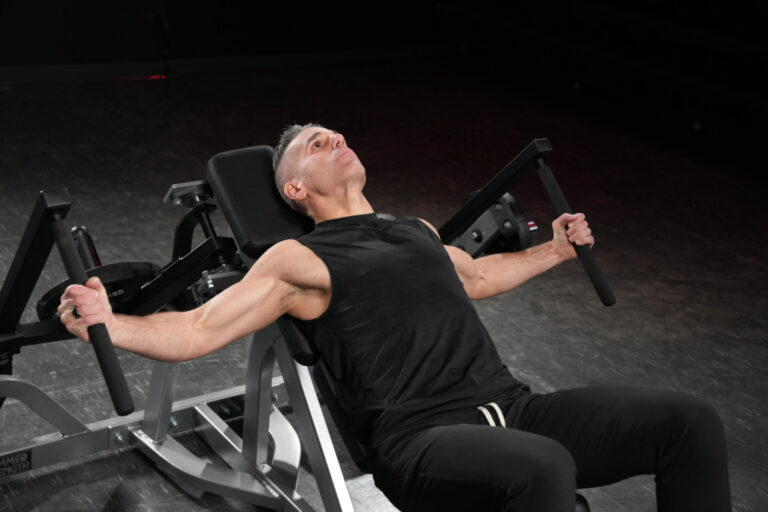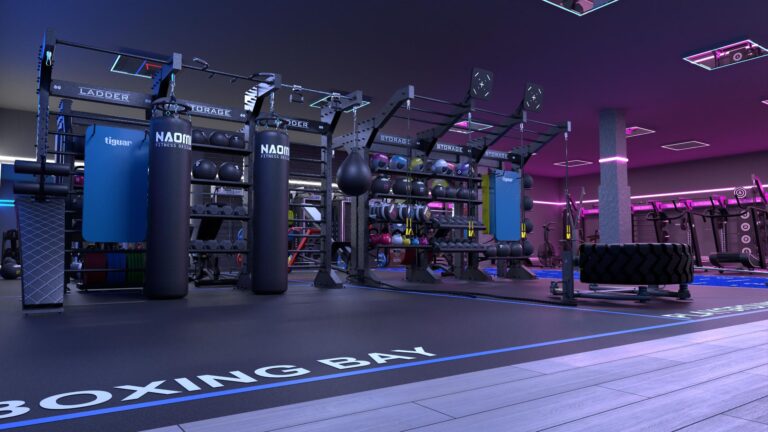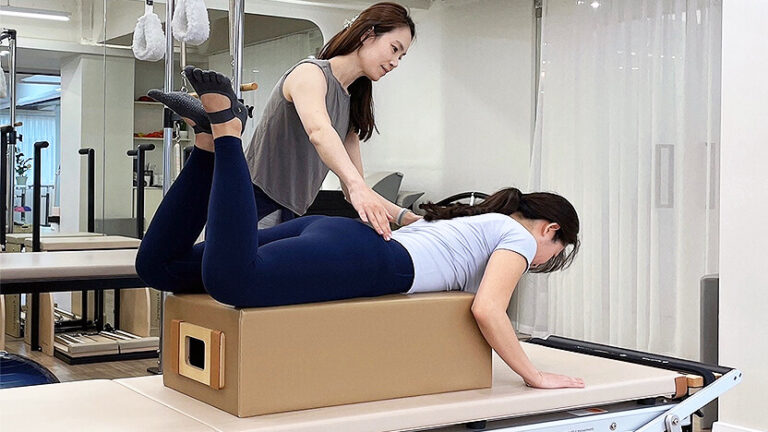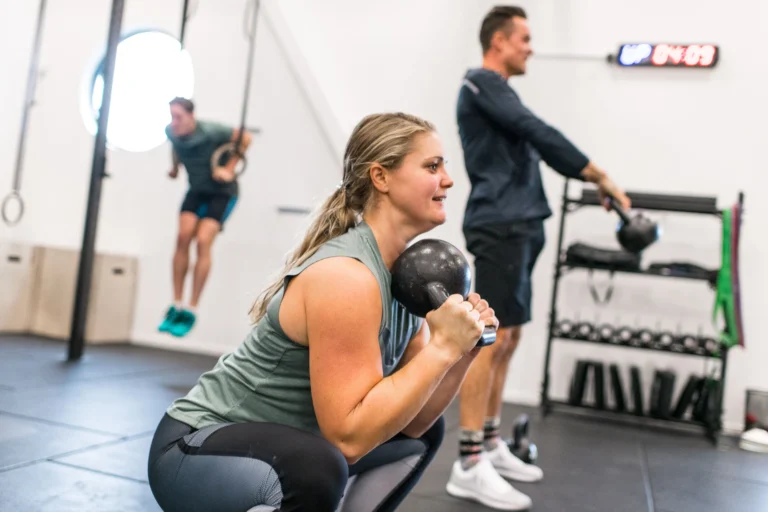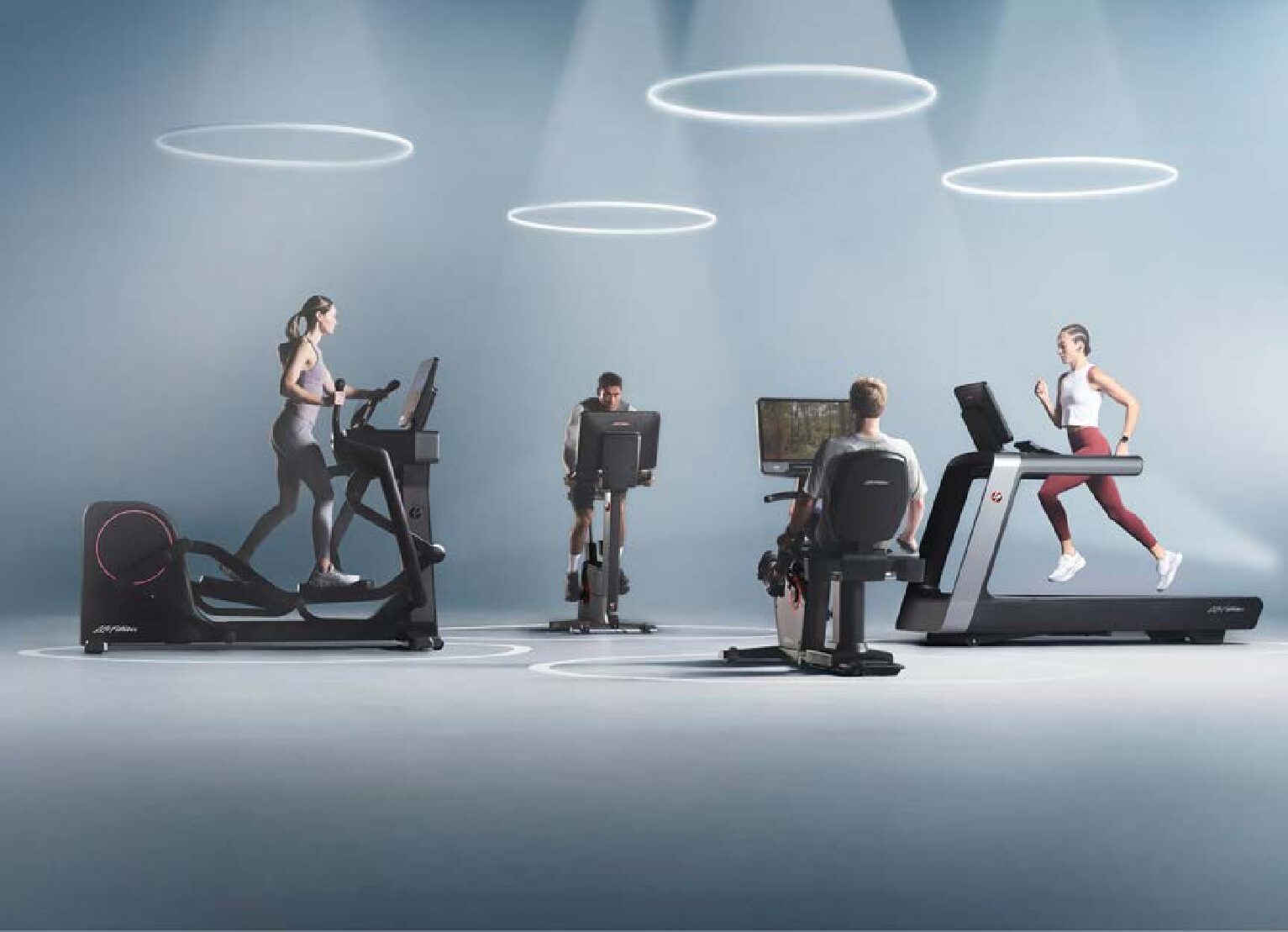Ask the Expert: What makes STOTT PILATES® effective for rehab and injury prevention?
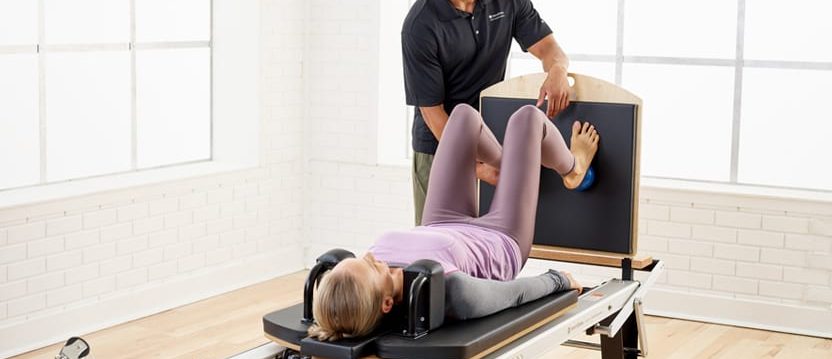
Q:Why do you think STOTT PILATES® is effective for injury prevention and rehab?
A:You have probably heard this phrase many times before: ‘The best medicine is exercise.’ When we review the work of academic journals worldwide regarding how one should manage musculoskeletal disorders, such as low back pain, neck pain, shoulder pain, and osteoarthritis, restorative and therapeutic exercise methods such as Pilates are frequently considered first before other forms of intervention.
When we don’t activate the right muscles or they’re not being fired at the right time or in the right way when we move, this will lead to neuromuscular control imbalances, which are a leading cause of injury and poor performance.
Pilates is a great tool for assessing how a client is performing many different movements, providing us with valuable information about why they might have pain in certain areas and what they will need to work on to restore optimal movement and alignment.
Also, considering one of the most important training principles— the variability principle— Pilates offers us thousands of exercises with modifications and equipment options to be able to create a specific program for every type of client, from rehab to pro athlete. We’re using Pilates exercises to help clients transfer and manage loads efficiently.
That’s why for Pilates instructors it is so important to review and know a lot about anatomy and biomechanics. If we’re able to think about all the modifications we can provide (rhythm, breathing pattern, equipment, closed or open kinetic chain, resistance, type of muscle contraction, etc.) and adapt the exercise in each phase, we will be able to apply this powerful method to every situation and client.
Q:How do you use STOTT PILATES to treat patients who have low back pain?
A:Low back pain is a multifactorial disorder with a high prevalence. Most people experience back pain at some point in their life. The main guidelines worldwide recommend supervised exercise therapy as the first line of treatment and Pilates is a great opportunity to apply that.
Approximately 85% of low back pain is unspecific; that means we don’t know what’s causing the pain and there’s no X-ray finding. Fourteen percent are related to disk or joint conditions and 1% are known as red flags – severe conditions. That’s why it’s really important that you obtain a clear medical diagnosis from your client before starting them on an exercise program.
To really provide an effective Pilates program, we need to know and understand what neuromuscular imbalances were found in these patients to make the correct adaptations.
From there, we will establish objectives and specific exercises. Here are some of them:
- Breathing disorders
- Proprioceptive disorders. The brain has difficulties understanding how the lumbopelvic region position relates to the environment
- Movement disorders. Typically too much movement in relation to people with no low back pain. However, hips and thoracic spine tend to decrease their range of movement
- Altered muscle onset. Some muscles are not firing properly at the right time (pelvic floor, transversus abdominis). There’s a need to control motor issues
- Altered muscle resistance, strength, power
There’s no way to provide a general recipe of exercises because each patient needs to be assessed individually. Once we have that information, we can tailor the program to their needs.
However, here are the main guidelines I use to work with my low back patients. (Note: It’s important to know their diagnosis first in order to adapt this structure.)
- Assess breathing and provide corrections if necessary
- Control neutral range of movement. Are they able to keep a slight neutral lordosis?
- Assess local muscle activation. If pain or abdominal popping is present during exercises, we may need to adapt or modify the exercise. Educate them about contracting the local stabilizers
- Lumbopelvic stability exercises. Moving adjacent joints and keeping the low back area in neutral if possible:
- Hip movement dissociation: Working all three planes of motion. Progress from one plane of motion to three planes of motion. Ex: Leg Slides, Side Splits, Leg Circles
- Thoracic movement: In relation to postural analysis. If the client has hyper kyphosis, maybe don’t program thoracic flexion exercises. Include rotation and lateral flexion exercises. Ex: Spine Twist, Mermaid, Ab Prep, Breast Stroke Preps
- Upper extremity movements in all positions: Back rowing, front rowing, etc.
- Lumbopelvic mobility exercises. Attending to the medical diagnosis and starting with one plane progressing to all planes of motion if it’s possible
There’s no reason why people with low back pain cannot practice Pilates because they will find it to be a safe and effective exercise method to improve their function and quality of life. Let’s work to help people live better.
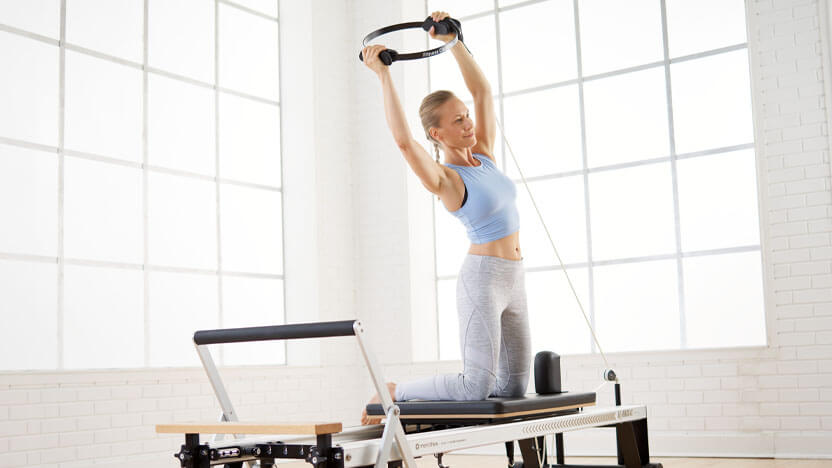
Source: https://www.merrithew.com/blog/post/2019-10-08/ask-the-expert-what-makes-stott-pilates-effective-for-rehab-and-injury-prevention
